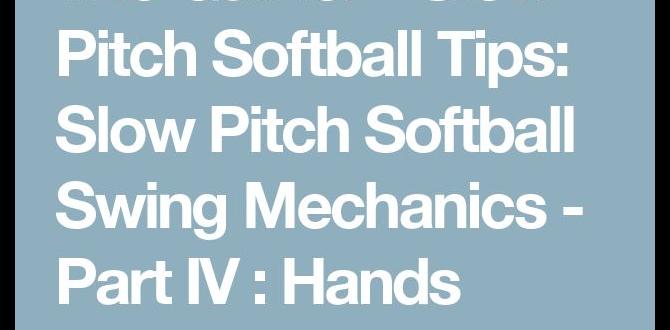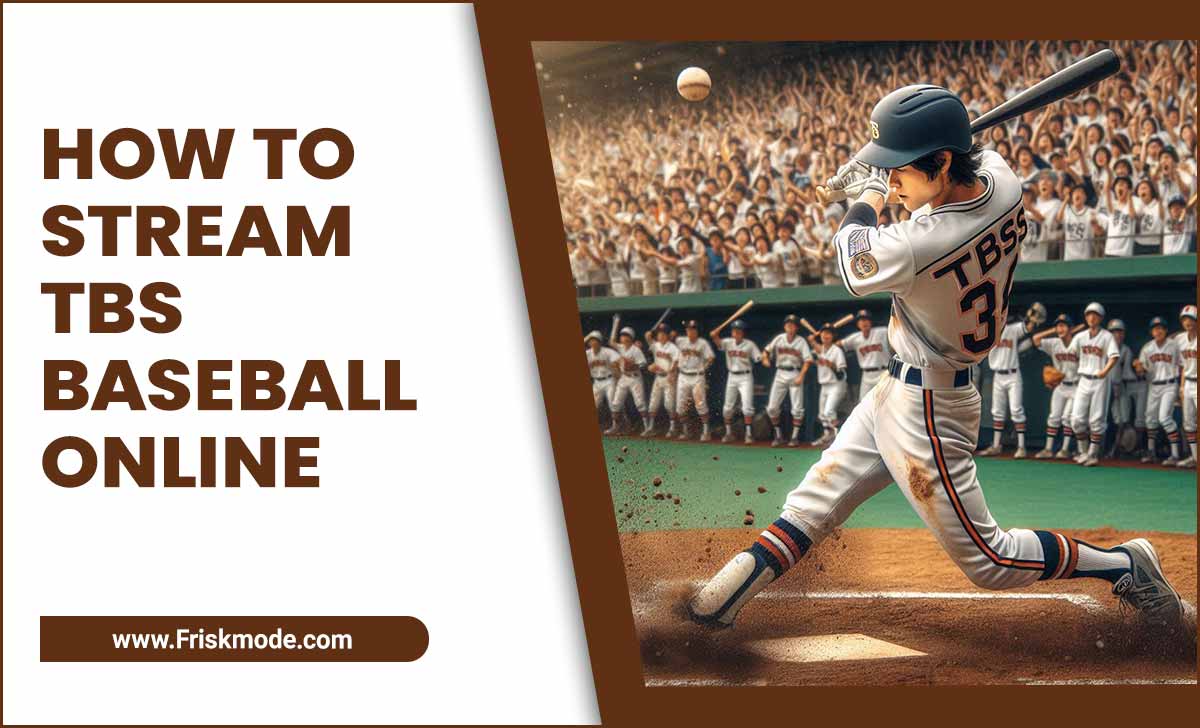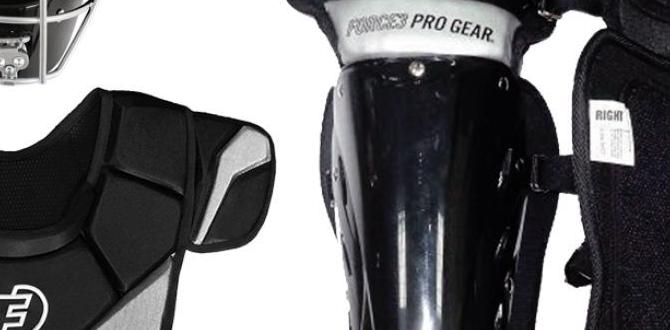Quick Summary: A Nike catcher’s throat guard is a vital piece of protective equipment for any baseball player, especially beginners, offering crucial defense against errant pitches and foul balls, ensuring player safety and allowing focused play.
Nike Catchers Throat Guard: Essential Protection for Every Player
As a catcher, you’re the anchor of the defense, calling the shots and absorbing the impact. But let’s talk about a piece of gear that often gets overlooked, yet is incredibly important: the throat guard. It might seem like a small detail, but protecting your throat is paramount to staying in the game and avoiding serious injury. Whether you’re just starting out or have been behind the plate for years, understanding why this gear matters is key. Today, we’re diving into the world of Nike catchers throat guards, what makes them essential, and how to choose the right one for you.
Many young players, and even some experienced ones, might feel that a throat guard is just another piece of equipment to wear, or perhaps even a bit awkward. But the reality is that a direct hit to the throat, even from a slow-moving ball, can have severe consequences. This simple attachment plays a huge role in preventing painful and potentially dangerous injuries. We’ll break down exactly what to look for, why Nike is a great option, and how this piece of gear can give you the confidence to play your best.
Why is a Catcher’s Throat Guard So Important?
Think about the catcher’s position. You’re crouched down, often with your head tilted slightly up to see the incoming pitch. This puts your throat in a vulnerable spot. While your catcher’s mask offers excellent facial protection, it doesn’t always cover the area directly under the chin. A throat guard acts as an additional barrier, a crucial line of defense against:
- Errant Pitches: Fastballs can sometimes get away from pitchers, especially at the beginner level. A wild pitch that sails high can easily strike the unprotected throat area.
- Foul Tips: When a batter makes contact with a pitch but doesn’t get good wood on it, the ball can ricochet sharply back towards the catcher. These foul tips are often unpredictable and can reach the catcher very quickly.
- Accidental Contact: During the hustle and bustle of the game, a stray bat, a sliding runner, or even another player’s glove could potentially make contact with this sensitive area.
The direct impact on the throat can lead to significant pain, internal bleeding, damage to the windpipe, or even more serious airway obstruction. A throat guard significantly mitigates these risks, allowing players to focus on their performance rather than worrying about potential injuries to this vital area.
Understanding Catcher’s Throat Guard Design
Catcher’s throat guards, especially those from brands like Nike, are designed with both protection and comfort in mind. They typically attach to the inside of the catcher’s mask and extend downwards to cover the throat. The primary materials used are usually durable plastics or high-density foams, offering a good balance of rigidity to block impact and cushioning to absorb shock.
Most guards are designed to be:
- Helmet-Mounted: They easily clip or strap onto the existing catcher’s mask.
- Adjustable: Many offer some degree of adjustability to ensure a snug fit against the mask and optimal coverage for different players.
- Lightweight: While protective, they are designed not to add excessive bulk or weight to the catcher’s headgear.
The shape and length of the guard are important. A good throat guard will extend far enough to provide comprehensive coverage without interfering with the catcher’s ability to look down or their overall range of motion.
Why Choose a Nike Catcher’s Throat Guard?
Nike is a globally recognized brand synonymous with athletic performance and innovation. When it comes to their baseball equipment, including catcher’s gear, they bring the same dedication to quality and player well-being. Here’s why a Nike catcher’s throat guard is a solid choice, especially for beginners:
- Durability and Reliability: Nike products are built to last. Their throat guards are constructed from robust materials designed to withstand the rigors of frequent use in practice and games.
- Thoughtful Design: Nike often incorporates feedback from athletes into their product development. This means their gear is designed to be functional, comfortable, and effective. You’ll likely find their throat guards offer a good fit and don’t easily shift or become a distraction.
- Brand Trust: For many athletes, Nike represents a commitment to excellence. This brand recognition can instill confidence in the protective qualities of their gear.
- Accessibility: As a major brand, Nike catcher’s throat guards are widely available, making them easy to find for players and parents. This is especially helpful for those new to the sport who are outfitting their gear.
While specific models can vary, Nike generally aims for a balance of protection, comfort, and ease of use, making their throat guards a dependable option for players at all levels.
Key Features to Look for in a Nike Catcher’s Throat Guard
When you’re picking out a Nike catcher’s throat guard, keep these features in mind. Not all throat guards are created equal, and the right one for you will depend on your mask and your personal comfort:
- Compatibility: Will it fit your specific catcher’s mask? Most guards use universal attachment systems, but it’s always good to check.
- Material: Look for high-impact resistant plastics and comfortable padding.
- Coverage Area: Does it provide adequate length to protect your throat?
- Attachment Mechanism: Is it secure and easy to use? Straps and clips should be robust.
- Flexibility vs. Rigidity: While it needs to be strong, a bit of flexibility can help absorb impact better without transferring all the force directly.
- Weight: You don’t want it to feel like a lead weight on your mask.
How to Attach and Adjust Your Throat Guard
Attaching a Nike catcher’s throat guard is usually straightforward, but here’s a general guide:
- Identify Attachment Points: Look at the inside of your catcher’s mask. You’ll find specific points where the throat guard is designed to connect, often near the bottom or sides of the mask frame.
- Secure Straps or Clips: Most throat guards come with adjustable straps or clips. Align the guard with the attachment points on your mask.
- Fasten Securely: Thread the straps through any loops on the mask, or snap the clips into place. Adjust the straps until the guard is held firmly and doesn’t wobble.
- Check for Fit: Ensure the guard sits comfortably against your throat without being too tight or too loose. It should hang naturally, providing coverage without restricting your breathing or vision.
- Test for Movement: Gently try to move your head up and down, and from side to side. The guard should stay in place and not shift unnaturally.
A properly fitted throat guard should feel like a natural extension of your mask, providing protection without being a distraction. If it feels uncomfortable, try adjusting the straps or ensuring it’s aligned correctly with the mask’s contours.
Choosing the Right Throat Guard for Beginners
For young players and those just getting started behind the plate, simplicity and effective protection are key. A Nike catcher’s throat guard that is easy to attach and offers a good, consistent level of protection is ideal. Here’s what parents and coaches should consider when outfitting a beginner:
- Durability Over Flash: Focus on a guard that is robust and well-made, rather than one with flashy colors or extra features that might not be necessary.
- Comfort is Crucial: A comfortable guard is one that a player will actually wear. Ensure it doesn’t chafe or impede vision.
- Secure Fit: Beginners might not be as aware of their gear shifting. A secure, easy-to-fasten guard is important.
- Adequate Coverage: Make sure it extends sufficiently to cover the throat area effectively.
A good starting point would be a standard model from Nike that is designed for universal mask attachment. These are typically straightforward to use and provide the essential protection needed for youth and beginner leagues.
The Role of Throat Guards in Player Safety and Confidence
When a player knows they are adequately protected, their confidence on the field naturally increases. For catchers, this means being more aggressive in blocking pitches, framing with conviction, and generally playing with a fearless attitude. The fear of getting hurt can sometimes hold back a player’s potential, especially in positions where impact is common.
A well-designed throat guard, like those from Nike, removes a significant worry. It allows the catcher to concentrate fully on the game: reading the pitcher, strategizing with the infield, and making critical plays. This psychological boost is just as important as the physical protection it offers. It reinforces the idea that player safety is a priority, encouraging more dedicated participation in the sport.
Research and Recommendations
When researching catcher’s gear, understanding the science behind protection can be helpful. Organizations like the National Federation of State High School Associations (NFHS) provide guidelines and standards for athletic equipment, ensuring that protective gear meets certain safety requirements. While they may not specifically endorse brands, their standards offer a benchmark for quality.
For specific product reviews and comparisons, sports equipment review sites and dedicated baseball forums can be invaluable. These platforms often feature discussions from players detailing their experiences with different brands and models of catcher’s gear, including throat guards. Look for reviews that discuss durability, comfort, and the effectiveness of the protective features.
Common Throat Guard Issues and How to Solve Them
Even with a great Nike throat guard, you might encounter minor issues. Here are a few common ones and how to fix them:
- Guard Shifting:
- Problem: The guard moves around, especially during quick head movements.
- Solution: Tighten the straps more securely. Ensure the attachment points on your mask are sturdy. Some masks might have slightly angled attachment points that cause this; try repositioning the guard slightly if possible.
- Inadequate Coverage:
- Problem: The guard doesn’t seem to cover the lower part of the throat effectively.
- Solution: Re-adjust the straps to allow the guard to hang lower. If your mask has a specific design that limits how low the guard can sit, consider a guard with a longer profile or a different attachment method.
- Discomfort or Chafing:
- Problem: The edges of the guard or the straps cause irritation.
- Solution: Check for any rough edges on the plastic. You might be able to file them down slightly with fine-grit sandpaper. Ensure the padding is properly seated. Some players add a thin layer of athletic tape or a small piece of moleskin where irritation occurs.
- Interference with Vision:
- Problem: The guard obstructs the catcher’s view of the plate or the field.
- Solution: Adjust the guard’s positioning on the mask. It should hang at a point where it doesn’t impede your natural line of sight when looking down or out. Different masks have different curves, so finding the sweet spot is key.
Maintaining Your Nike Catcher’s Throat Guard
To ensure your Nike throat guard continues to provide maximum protection and lasts for a long time, proper maintenance is important:
- Regular Cleaning: After each use, wipe down the guard with a damp cloth. For a more thorough cleaning, use mild soap and water. Avoid harsh chemicals, as they can degrade the plastic or padding.
- Drying: Always allow the guard to air dry completely before storing it. Dampness can lead to mildew and the breakdown of materials.
- Inspect for Damage: Periodically check the guard for cracks, deep scratches, or worn-out padding. If you notice any significant damage, especially on the protective surface, it’s time to replace it. A compromised guard can’t offer the same level of protection.
- Strap Checks: Ensure the straps and buckles are still in good condition and hold the guard securely. Worn-out straps can lead to the guard coming loose during play.
- Storage: Store your catcher’s gear in a cool, dry place. Avoid leaving it in direct sunlight or extreme heat for prolonged periods, as this can cause the materials to weaken.
By taking these simple steps, you can help ensure your Nike catcher’s throat guard remains a reliable part of your protective equipment for seasons to come.
Frequently Asked Questions (FAQs)
Q1: Do all catchers need a throat guard?
While not always mandated in every league, a throat guard is highly recommended for all catchers, especially beginners. It provides essential protection against impacts that a mask alone might not fully cover.
Q2: Are Nike throat guards difficult to install?
No, Nike throat guards are generally designed for easy installation. They typically attach to catcher’s masks with simple clips or adjustable straps that can be fastened in just a few moments.
Q3: How do I know if my throat guard fits my mask correctly?
A properly fitting throat guard should attach securely to the mask, stay in place without wobbling when you move your head, and provide coverage to your throat without obstructing your vision or breathing.
Q4: What is the best material for a catcher’s throat guard?
Durable, high-impact plastics combined with comfortable, shock-absorbing foam padding are ideal. Nike uses these types of materials to ensure both protection and player comfort.
Q5: Can I use a throat guard designed for a different brand of mask?
Many throat guards are designed with universal fit systems. However, it’s always best to check the product description or try to fit it to your mask to ensure compatibility. Nike guards often work with various mask designs.
Q6: How often should I replace my catcher’s throat guard?
You should replace your throat guard if you notice any significant cracks, deep gouges, or if the padding is excessively worn or damaged. Regular inspection for damage is key to ensuring ongoing protection.
Conclusion
As a catcher, your role is vital, and your safety should always be a top priority. A Nike catcher’s throat guard is much more than just an accessory; it’s a critical piece of protective equipment that safeguards a vulnerable part of your body. By understanding its importance, choosing a guard that fits well, and maintaining it properly, you can play with greater confidence and focus.
Whether you’re a young player stepping behind the plate for the first time or an experienced athlete looking to optimize your gear, investing in a reliable throat guard is a smart move. Nike’s commitment to quality and player-centric design makes their catcher’s throat guards an excellent choice for ensuring that you can focus on making the plays that matter, knowing you’re well-protected. Stay safe, play hard, and always prioritize your well-being on the diamond!






